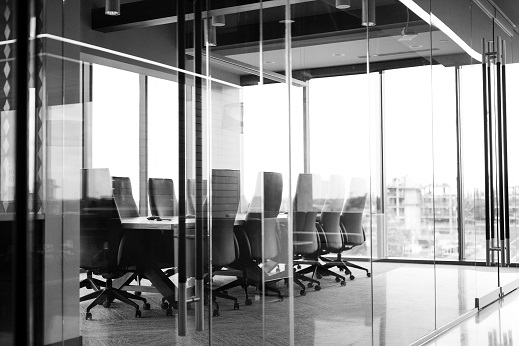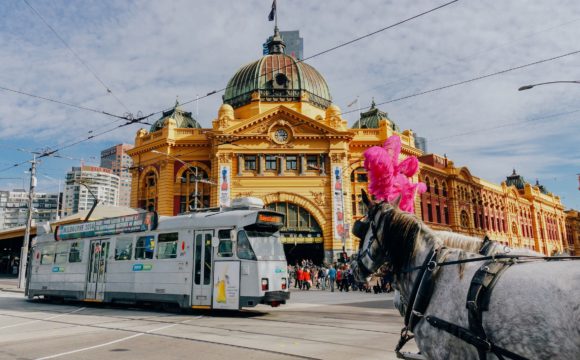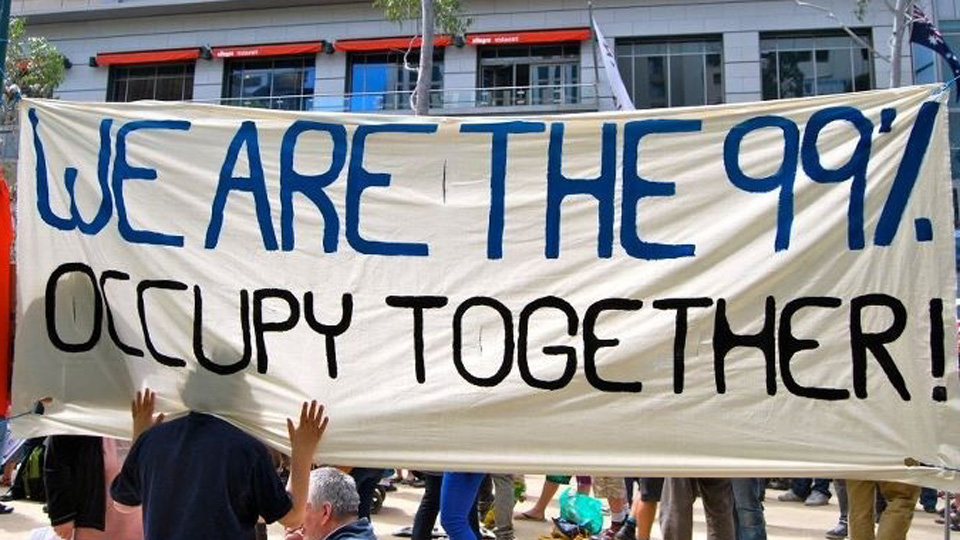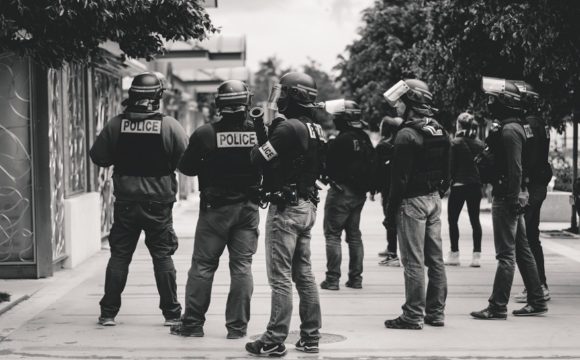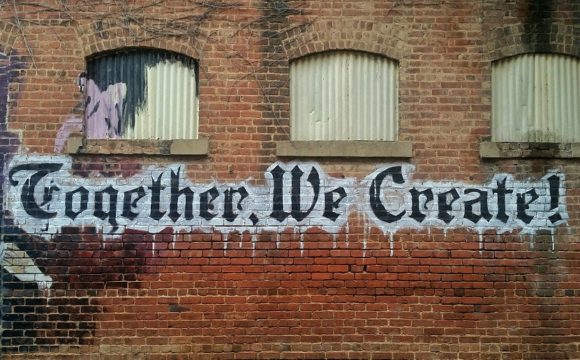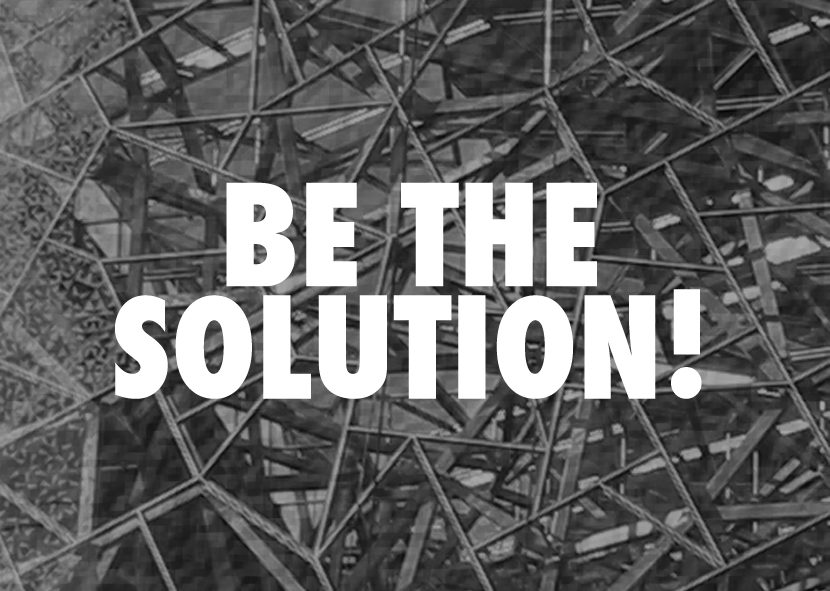The Benefit of Long Term Care Insurance
1. Rising Cost of Care
Melbourne, like many developed cities worldwide, is facing escalating healthcare costs. As medical technology advances and life expectancy increases, the cost of long-term care services—whether in-home care, assisted living, or nursing facilities—continues to rise. Long-term care insurance can help manage these expenses, ensuring that individuals do not deplete their savings or burden their families financially.
2. Aging Population
Australia’s population is aging, with predictions that by 2057, 22% of the population will be aged 65 and over, and 4.1% will be 85 and older. With age comes a higher likelihood of requiring some form of long-term care. In Melbourne, with its sizable retiree population, LTCI provides a cushion that can make a significant difference in the quality of life for many older adults.
3. Independence and Choice
One of the most significant benefits of long-term care insurance is that it provides more choices for care. Policyholders are not limited to whatever options are affordable at the time they need care; they can choose the settings and providers they prefer. Whether it’s receiving care at home, in a community setting, or in a specialized facility, LTCI helps maintain independence and ensures care is received in the most desired and suitable environment.
4. Relief for Family Members
Without LTCI, the responsibility of care often falls on family members. This can lead to significant emotional, physical, and financial stress. Long-term care insurance alleviates this burden, allowing loved ones to focus on support rather than caregiving duties. Moreover, it helps preserve family relationships and reduces the strain that caregiving can place on them.
5. Asset Protection
For many in Melbourne, their savings and home equity are their most significant assets. Long-term care costs can quickly deplete these resources, impacting the quality of life and leaving little for future generations. LTCI helps protect these assets by covering substantial care costs, which might otherwise lead to selling assets under less than favorable conditions.
6. Tax Benefits
In Australia, premiums paid for a compliant long-term care insurance policy may qualify for tax benefits. These incentives can reduce the net cost of the insurance, making it an even more attractive option for residents of Melbourne. Consulting with a tax professional can provide specific benefits and ensure that policies comply with local tax laws.
7. Early Intervention and Better Health Outcomes
Long-term care insurance often allows for earlier intervention, which can lead to better health outcomes. Many policies include coverage for home modifications and caregiving training for family members, both of which can significantly improve the quality of life and prolong independence.
8. Peace of Mind
Knowing that you have a plan in place can provide peace of mind, not just for the individual but also for their entire family. The assurance that you can access high-quality care without the stress of financial ruin allows for a more relaxed and enjoyable retirement.
9. Customizable Policies
LTCI policies in Melbourne can be tailored to fit various needs and budgets. Factors like the benefit amount, duration, and waiting periods can be customized, providing flexibility and control over the coverage. This customization ensures that individuals are not paying for unnecessary coverage but are protected adequately against potential risks.
10. Increasing Care Options
Melbourne’s diverse demographics demand a variety of long-term care services. LTCI providers typically have extensive networks and partnerships with care providers, offering policyholders access to better facilities and services that might otherwise be out of reach.
Conclusion
For residents of Melbourne, investing in long-term care insurance offers a pragmatic approach to managing future healthcare needs. The benefits extend beyond financial security, enhancing quality of life, preserving independence, and ensuring that choices in care are guided by preference and need, not by financial limitations. As the city continues to grow and its population ages, the foresight in securing LTCI can profoundly impact one’s later years, providing comfort and stability in the face of uncertainty.
